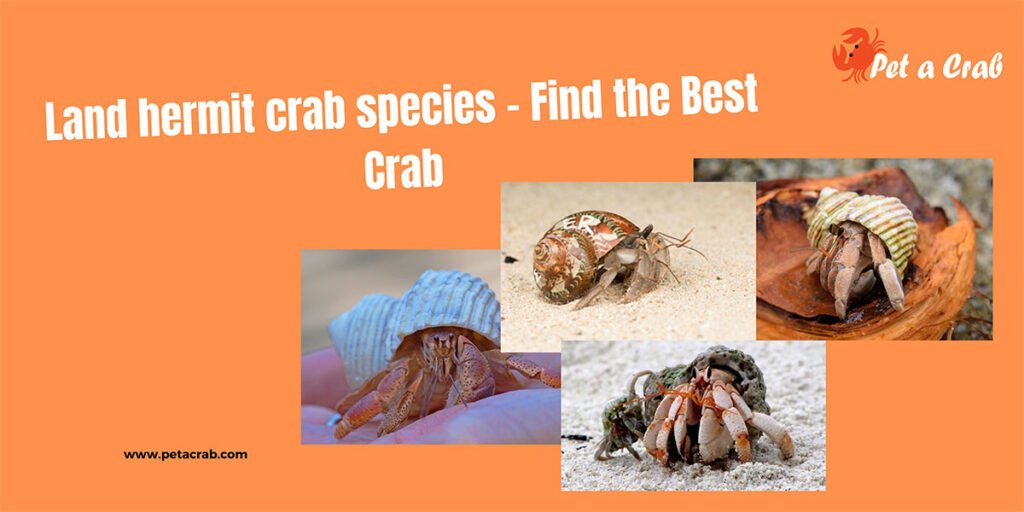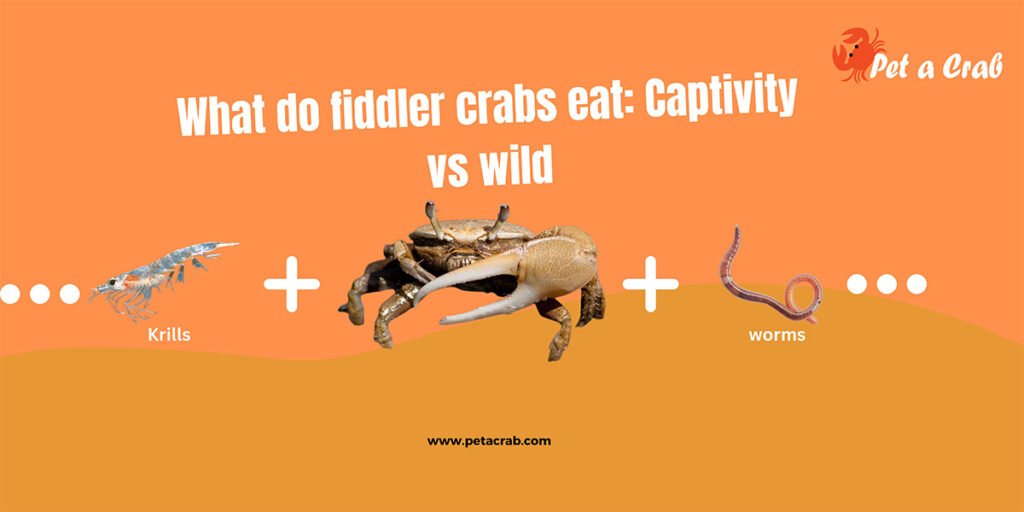The boxer crab is also known as the pom pom crab. However, the boxer crab and anemone symbiotic relationship is very popular in the wild. because of the neat appearance of having boxing gloves in front of the body in an aggressive position. The anemones protect the claws and help them with bits of food.
Usually, they feed sea anemones in exchange for defense from danger. This can serve as a prominent example of symbiosis in the animal kingdom. Whatever, now we are discussing the important question of why it is said that boxer crabs and anemones have a symbiotic relationship. So let’s explore deeply the boxer crab and anemone symbiotic relationship.
What is a boxer crab?
A boxer crab is a small crab that belongs to the genus Libya. Due to their unique presentation of sea anemones, they are known as boxer crabs because they often carry small bits of sea anemones in their claws. This can resemble pom-poms or boxing gloves. Most of the time, they can be attached to reefs in shallow water. In addition, below we provide details about the boxer crab and anemone symbiotic relationship.
What is a symbiotic relationship?
A symbiotic relationship is an ongoing interaction between two or more species. In this relationship, one species may be dependent on another for survival. The relationship is beneficial to at least one of the species and can benefit both. However, in the ocean, symbiotic relationships are an important component of life. It also plays a vital role in the boxer crab and anemone symbiotic relationship.

What is the relationship between a boxer crab and an anemone?
A close relative of boxer crabs, anemones are strongly polyps that spend most of their time attached to rocks on the sea bottom. It is one of the most fascinating creatures that live in oceans throughout the world.
Typically, Libya tesseleta and anemones form one of the most unusual symbiotic relationships in the entire animal world. With their claws, these crabs walk with sea anemones fastened. The relationship between the crab and the sea anemone is described as symbiotic. So it is said that boxer crabs and anemones have a symbiotic relationship.
Why is it called “boxer crab and anemone symbiotic relationship”?
The boxer crab is well known for its symbiotic relationships with anemones such as Triactis products and Bunodeopsis spp. They hold a small piece of anemone with each claw. This can help it wave above itself as it roams the seabed in search of food. It also serves as a natural deterrent to predators.
When they are directly threatened, these crabs will use the sea anemone in a forward punch towards the aggressor. For the crab, the anemone’s stinging tentacles serve as an intimate defense mechanism.
Usually, sea anemones have well-armed powerful stinging cells. By using these powerful stinging cells, boxer crabs will take a swing and try to sting it. However, if the pom-pom crabs lose their land and anemones, they can cut each other in half. Then both halves will grow back to size.
From this boxer crab and anemone symbiotic relationship, both get benefits. However, the anemone can live without being attached to the substrate. But if they are attached to the boxer crabs, they do not need to wait longer for food. As the crab will bring it to its food.
In exchange for this defense, pom-pom crabs feed their helpful partners to collect particles and then subsequently digest the debris. Besides, provide adequate meals in return. This can help to make them boxer crab and anemone symbiotic relationships and, most likely, amazing friends.

Why would boxer crabs carry anemones?
The million-dollar question is why boxer crabs carry sea anemones. Usually, boxer crabs carry anemones to passively collect food and wave them around to filter small particles out of the water. They eat food particles that are sick to their anemones. Another reason is visual signalling.
Why do boxer crabs hold anemones so tightly?
As we discussed above about the symbiotic relationship between boxer crabs and anemones, now we discuss the reason why they hold anemones so tightly. The anemone acts as the boxer crabs’ security force. They can help in exchange for the ability to move around with the crab. Besides leftover food bits from the crab’s meals. Also, it provides strong protection from the bigger fish in the sea.

5 interesting facts about boxer crab and anemone symbiotic relationship
- If boxer crabs lose their claw anemones, they will split single anemones into two smaller individuals, including asexual reproduction. Later, each piece of split anemone regenerated the crab with a complete chela.
- Out of the twenty-two crabs, seventeen crabs are holding a single sea anemone split within 6 days after having one of their sea anemones removed.
- The boxer crabs do not use their anemones during fight time to prevent anemone damage or removal by the opponent. Besides, they often hold them away from opponents almost all of the time. So that its fighting behavior is more ritualized with minimal contact.
- Despite their still soft exoskeleton, they try to get their anemones in their claws even when they molt.
- The boxer crabs presumably acquire their anemones after reaching the larval stage. Additionally, they do not require it for egg hatching.
To Sum Up
Finally, we have to find that boxer crabs have a remarkable habit of holding a sea anemone with their claws. It plays a vital role in making boxer crab and anemone symbiotic relationships. Their partnership appears to be obligated, at least on the part of the pom-pom crabs. There is a genetic identity between most pairs of sea anemones in these crabs. In addition, it is a unique case in which one species induces the asexual reproduction of another.
Related article – Pom Pom crab fresh water vs saltwater


